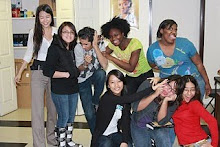

This week my mentor taught me about general information and what physical therapy looks like when a patient first comes to visit. This is called an evaluation. I watched and learned as she evaluated a foot.
1. Strength: how strong is the leg? Is the leg working regularly?
2. Range of Motion: Is the leg working properly, is the range of motion the same as it is in uninjured individuals?
3. Flexibility - Can the patient move as smoothly as an uninjured person?
4. Gait - How is the person's ability to walk?
5. Joint mobility - Is the patient's muscle joint at the right or the back?
6. Balance - Can the patient balance like an uninjured person?
7. Posture/positioning of foot - Does the patient have normal flat feet? Do they arch? Is there swelling/


